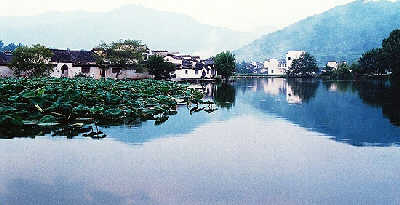
Hui merchants were one of the most famous merchant groups with a very strong cultural foundation in China's history. The pinyin "Hui" can be a bit confusing. Hui (徽) in this context is a geographical concept. It should not be confused with Hui (回), an ethnic group in China with a strong Islamic faith. You may note the difference between the twoChinese characters.
The Hui group (also called Hui merchants), from around the Huizhou city area ofAnhui Province, were famous in as early as the Song period (960-1279). They began to thrive during the Southern Song (1127-1279) following the southward relocation of the Chinese capital toHangzhouinZhejiang Province, which was very accessible via the Xinan River. They rose to commercial prominence possibly from the middle of theMing Dynasty(1368-1644).
Although the bulk of the merchants' trading activities were along the Yangzi, especially the Lower Yangzi region, their reach extended nationwide and even overseas to Japan. Huizhou's treacherous and mountainous geography supplied them with meager arable land but abundant isolation, providing stable villages and effective protection from outside aggression.
The four industries in Huizhou
The heyday of the Hui merchants came in the mid-Ming Dynasty. During the following 300 years or so, Hui merchants topped all the merchant groups across China. Anhui people engaged in business trade outnumbered those of other areas, with 70 percent (or even more at the peak of Hui merchants' development), of male adults choosing business and trade as their means to make a living. No merchant groups around China were even close to challenging Hui merchants in capital accumulation.
Hui merchants' business covered most of the areas in South China and reached such countries like Japan in Asia and Portugal in Europe.
